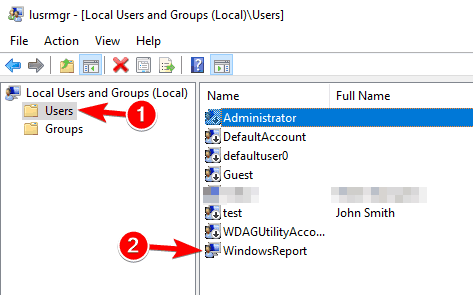
One of the simplest PowerShell logging techniques is transcripts. PowerShell provides mechanisms which allow SysOps and SecOps alike, to audit and log PowerShell activity. There are lots of claims on the Internet about PowerShell being insecure. Non-Windows PowerShell logging is not covered in this article, but you can read about that topic here.Īll examples are using PowerShell 5.1, Windows Server 2016, and Windows Server 2019.

If you’d like to follow along, you’ll need a few things: This article will be a hands-on tutorial. Enable Logging & Transcripts Using Group Policy.Enable Module Logging Using Windows Registry.Enable Script Block Logging Using Windows Registry.How to Turn on Transcripts with the Registry.Use "show logging command" to view logged command output. Note: The "logging notify running-config-change" only tells you that the config was changed and not how. This will send all config change notifications to the specified syslog server. If you would like to receive Syslog notifications when any configuration changes are made, you can enter the following commands: This example shows the CLI commands that were entered after the user "admin" enabled the "logging command" feature and then disabled port 24, disabled PoE on port 24, then re-enabled the port and PoE. Command Log listing: Events Since Boot. To view the logged commands, enter the following command:Įxample Output after the "logging command" was configured: To enable this feature, enter the following command at the switch CLI config prompt: You can enable command logging on the ArubaOS-Switch to keep track of commands entered at the CLI.


Is there a way to enable "command logging" so I can keep track of the commands entered into the switch CLI?


 0 kommentar(er)
0 kommentar(er)
